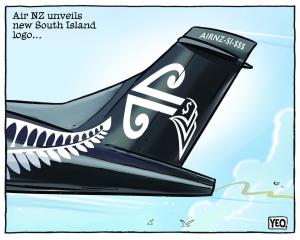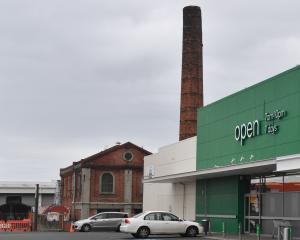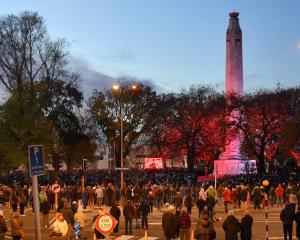Australia is battling a perfect storm - tinder-dry bush and undergrowth, temperatures in the mid-40s, low humidity and high winds all combining to create ''catastrophic'' fire danger zones throughout many parts of the country.
Australians are used to living with the risk of bushfires, which have been part of the country's landscape for millions of years. While they are key to the life cycle of eucalypt and banksia species and encourage the growth of new grassland plants, there is no doubt they are terrifying for those on the ground, and leave devastation and destruction in their wake.
Extreme weather conditions fuelled either by arson, negligence, electrical and mechanical equipment or lightning strikes are the common causes of bushfires. And it seems the ironically dubbed ''lucky country'' is now also ironically struggling with the fact it is the cooler conditions of previous years which have fuelled forest growth, contributing to the current situation.
Thousands of firefighters are bravely battling the blazes, which have been burning in five of the six states. Thousands more are on standby. New Zealand firefighters are also travelling to help. With about 100 fires burning, New South Wales Fire Service Commissioner Shane Fitzsimmons said the state was facing ''perhaps the worst fire danger'' it had ever faced: ''We are talking about fire danger right off the conventional chart''.
No-one can have forgotten the harrowing images from the Black Saturday bushfires of February 2009 in Victoria, which lasted for five weeks and in which 173 people died and hundreds were injured - the highest loss of life from bushfire in the country. The death toll far exceeded the Ash Wednesday bushfires in 1983, which killed 75 people in Victoria and South Australia.
The Black Saturday fires ravaged almost half a million hectares, destroyed or damaged thousands of homes and other buildings, displaced thousands of people, killed more than 10,000 farm animals and estimates of hundreds of thousands to more than a million wild animals, destroyed vast amounts of crops and came at a conservatively estimated economic cost of more than $A4 billion. Arson charges were laid in relation to some of the fires, and there was widespread criticism of the Government and emergency services' response.
The 2009 Victorian Bushfires Royal Commission into the fires recommended 67 measures designed to save lives including a revision of the ''Prepare, Stay and Defend or Leave Early'' bushfire policy; an enhanced warning system; education and training; shelter; evacuation; emergency co-ordination, planning and management; mapping and communications; electricity infrastructure; business management; arson prevention; building codes, permits and settlement; and prescribed burning. While some of the recommendations have been adopted,
The Australian newspaper reported in November last year that half of them still had not.
The Australian bush is, of course, one of the major attractions for many of its residents and visitors alike, and as cities increase in size, the population push into bush-clad areas also increases, furthering the risk of bushfires impacting on populated areas.
Australia's national science agency CSIRO, the Commonwealth Scientific and Industrial Research Organisation, says bushfire risk has increased with European settlement. Whereas the early Aborigines learned they needed to burn extensively and often to coexist with the environment, bushland areas are denser meaning the infrequent fires that now occur burn more intensely with more impact on the built environment. The agency says it is vital to reduce the impacts of fires by burning off to reduce fuel hazards and encourage forest regeneration, by zoning bushland areas, and by increased personal responsibility.
As the battle between nature and humans is fought out again this bushfire season, there is no doubt Australians will display ingenuity, strength and resolve in the face of calamity. It is to be hoped any loss of life is avoided as lessons from the past are learned and more measures implemented to increase public safety while preserving the natural environment Australians - and the country's many visitors - know and love.












